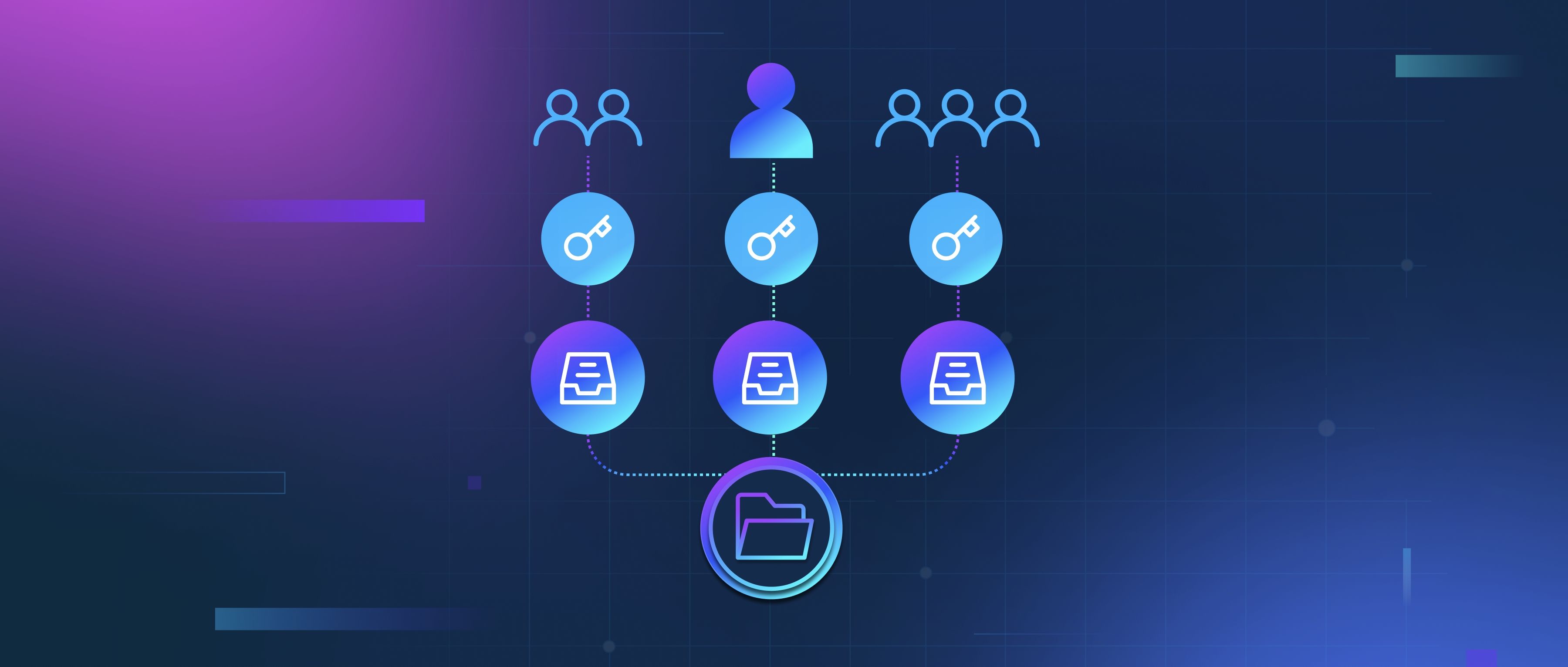A benchmark dataset is a standard set of data used to evaluate the performance of machine learning models. These datasets are crucial because they provide a consistent way to measure how well a model performs on specific tasks. By using benchmark datasets, developers can compare their models against others that have been trained on the same data, allowing for fair assessments. Common examples of benchmark datasets include MNIST for handwritten digit recognition and COCO for image recognition tasks.
The importance of benchmark datasets lies in their ability to facilitate comparisons and improvements in model performance. When developers use the same dataset to train and validate their models, it creates a common ground for understanding which methods work best. This is especially valuable in a field where numerous techniques and algorithms can produce varying results. For instance, if a new deep learning architecture achieves better accuracy on the ImageNet dataset, it can be easily compared to existing models, helping the developer community stay updated on advancements.
Additionally, benchmark datasets help in setting standards for model evaluation. They often come with predefined metrics, such as accuracy, precision, and recall, which guide developers in assessing their models quantitatively. This structured approach not only streamlines the research process but also helps in identifying potential areas for improvement. For example, if a developer notices that their model performs well on a benchmark dataset but poorly in real-world scenarios, it provides a clear direction for further investigations. Overall, benchmark datasets play a vital role in the iterative process of model development and deployment.
